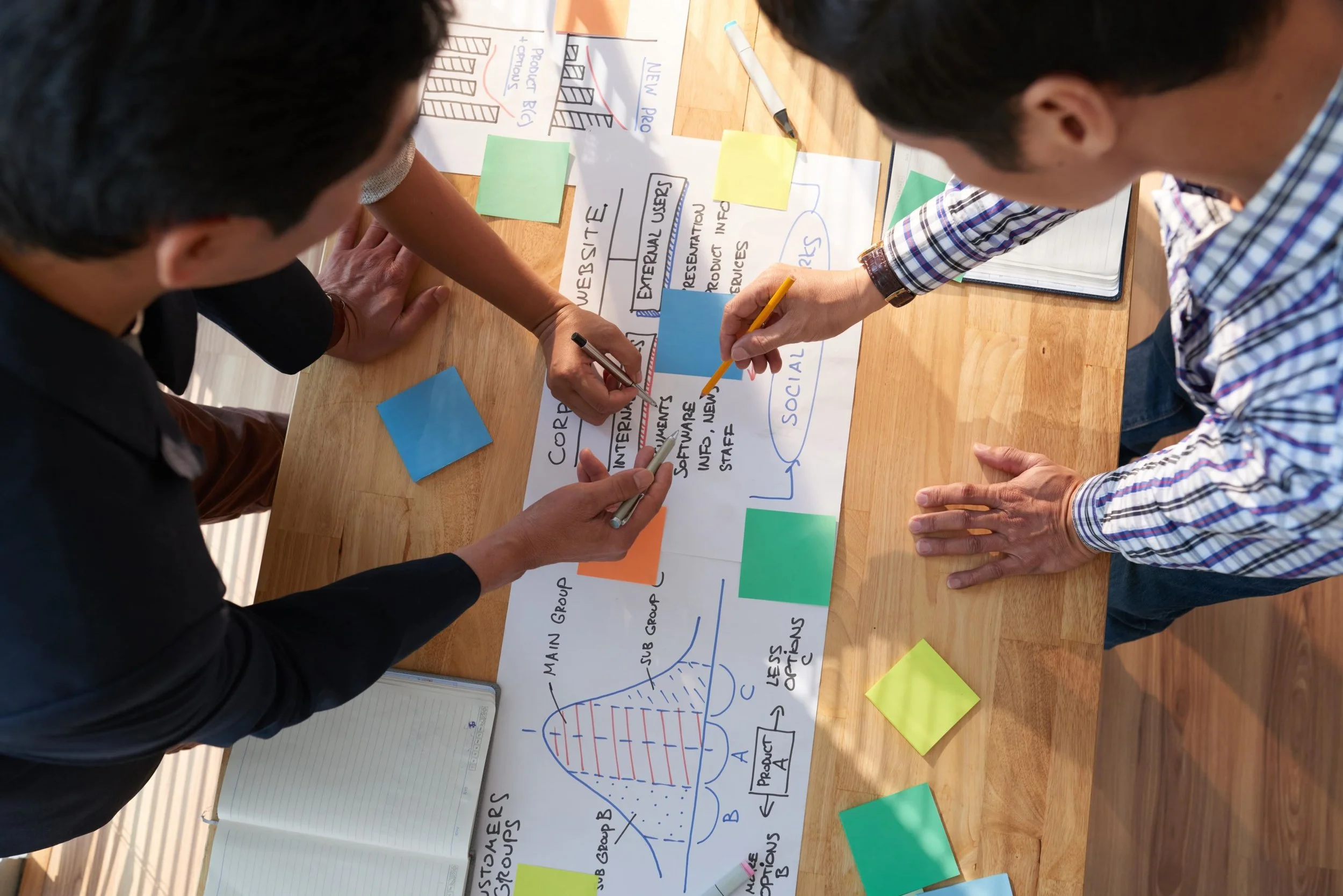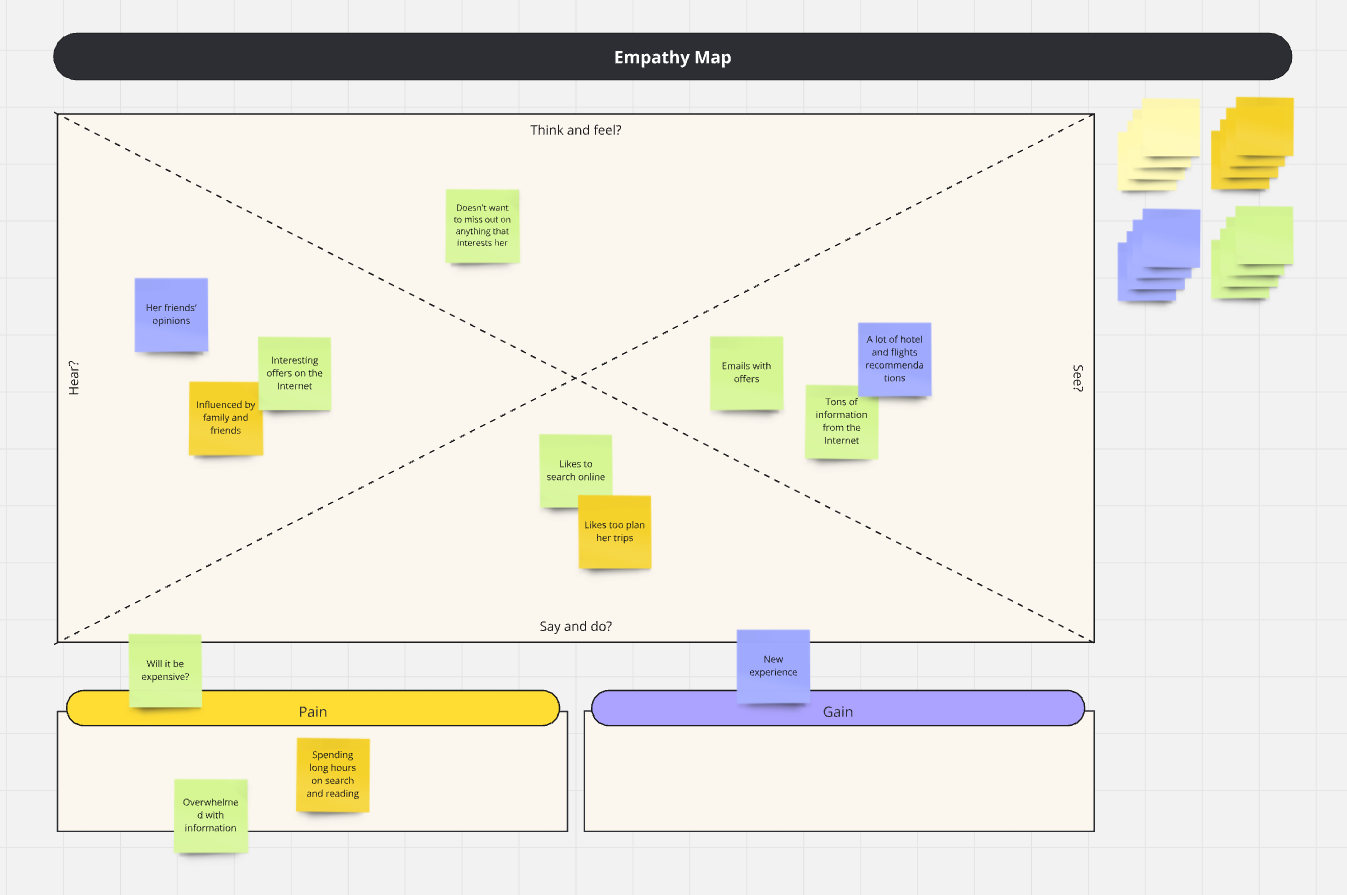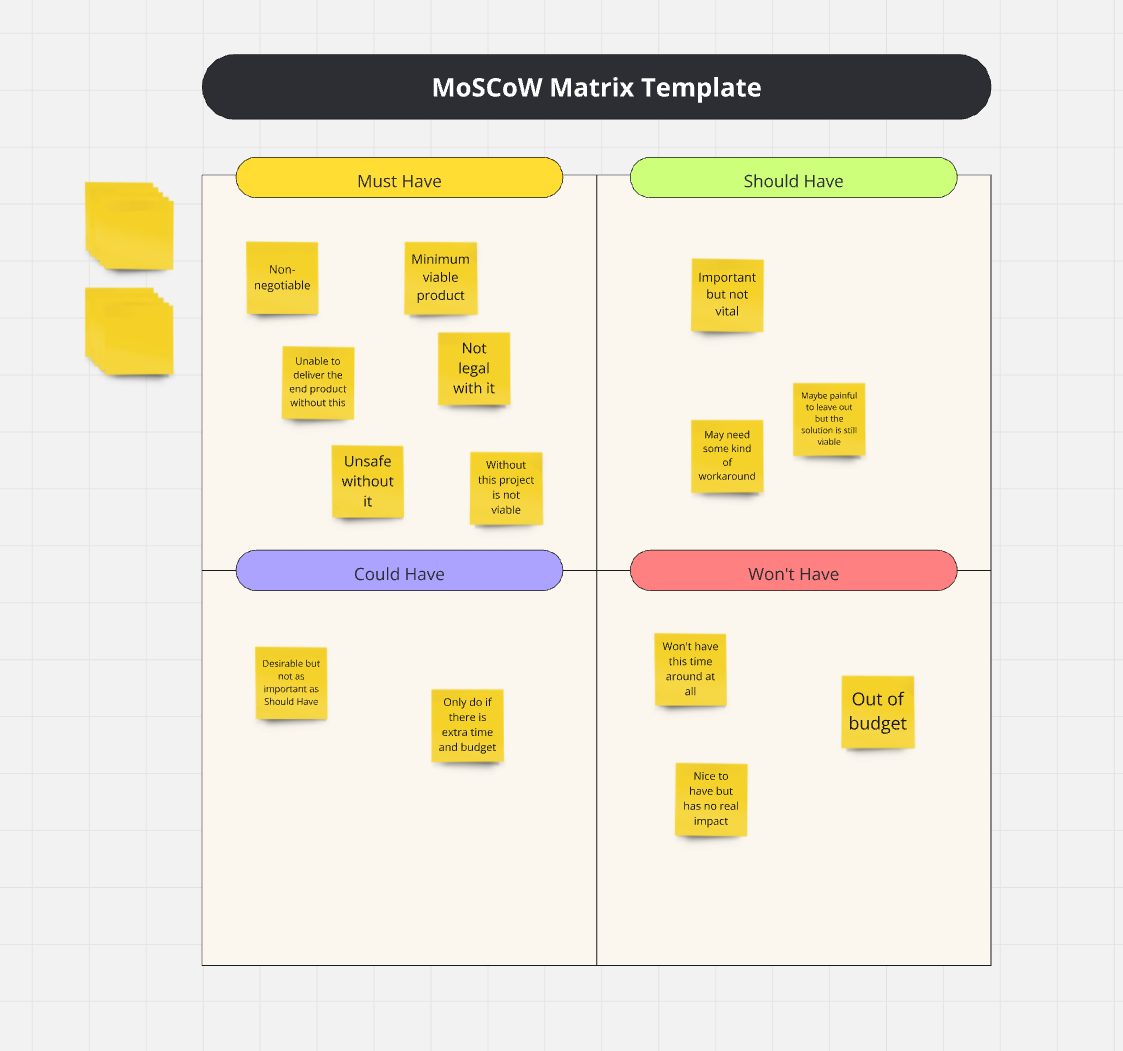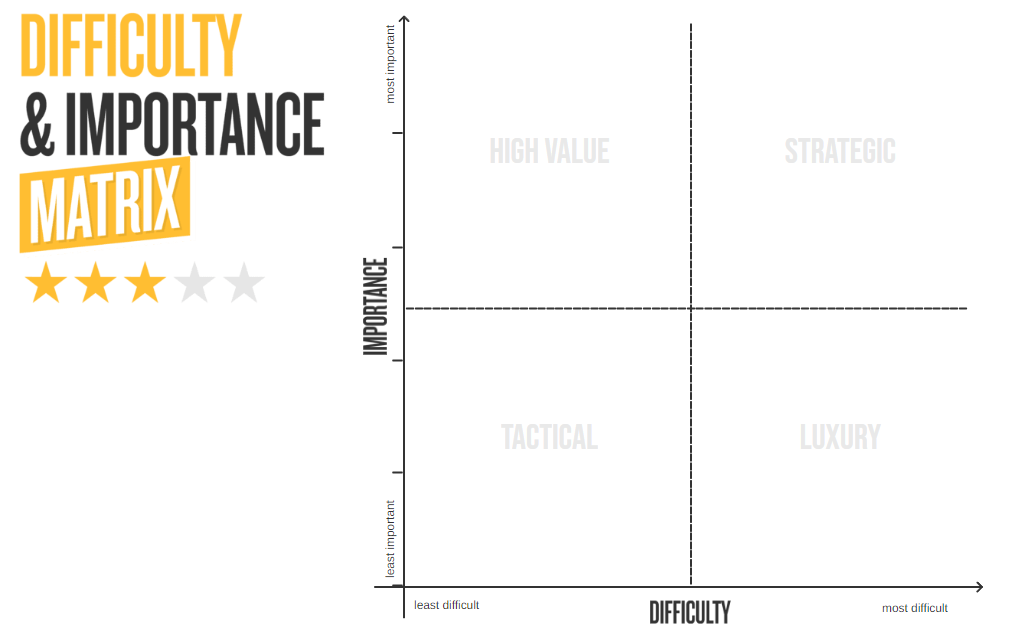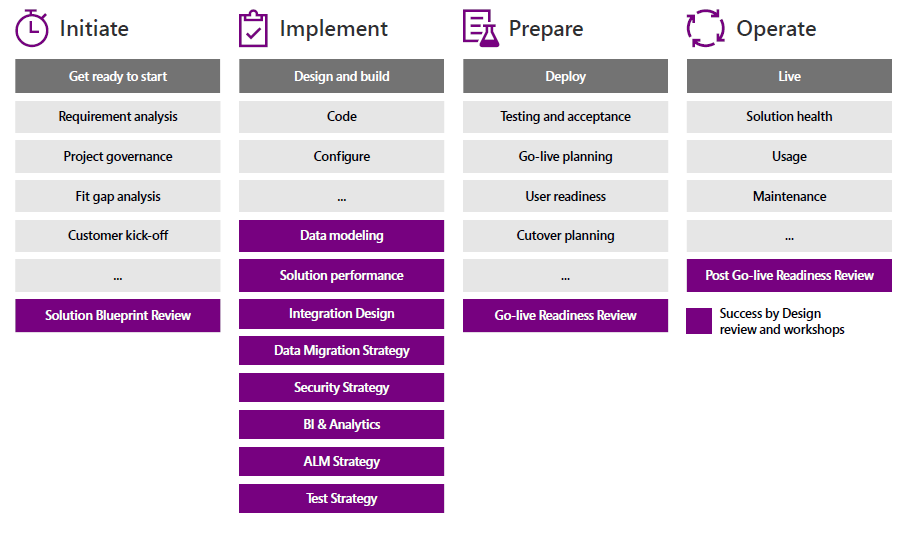Essential Skills for Career Development: Mastering Requirements Gathering
In the Power Platform and Dynamics 365 world, becoming an expert in requirements gathering is a game-changer. Whether you're a Business Analyst, Systems Architect, or Maker, mastering this skill can elevate your career. Here’s how you can achieve mastery.
Why Requirements Gathering Matters
Understanding what the client or team needs is foundational to any project's success. With precise, well-defined requirements, projects can avoid scope creep, missed deadlines, and budget overruns. Mastering this skill ensures clarity and precision in project execution.
Steps to Master Requirements Gathering
Active Listening and Empathy
To truly understand stakeholders' needs and pain points, stay on the problem until you fully grasp it. Think of it as jamming your finger and ensuring you understand the pain level. Many consultants gloss over problems without fully understanding them. Use Toyota's Five Whys technique to drill down to the root cause. Ask open-ended questions and listen without interrupting. Empathy helps you connect and get to the root of their needs.
The Five Whys Technique
Developed by Sakichi Toyoda and part of the Toyota Production System, this powerful problem-solving method involves asking "why" multiple times (typically five) to peel away the layers of symptoms and identify the root cause of a problem.
Empathy Map
In design thinking, the Empathy Map is a valuable tool for capturing insights about stakeholders. It’s a simple visual representation that helps teams understand what stakeholders say, think, do, and feel.
Say: Capture direct quotes and statements from stakeholders during interviews or meetings.
Think: Document what stakeholders are thinking, especially their concerns and motivations.
Do: Note the actions stakeholders take in their environment.
Feel: Understand the emotions stakeholders experience related to the problem or solution.
Using an Empathy Map helps teams maintain a human-centered approach, ensuring that developed solutions align with stakeholder needs and experiences.
Effective Communication
Clearly articulate the requirements, using simple language and avoiding jargon. Ensure all stakeholders have a common understanding of the requirements.
Effective Communication Examples
Use Clear and Simple Language: Avoid technical jargon and complex terms that might confuse non-technical stakeholders.
Visual Aids and Documentation: Use diagrams, flowcharts, wireframes, and other visual aids to illustrate requirements. Tools like Miro, Lucidchart, or simple whiteboard sketches can be invaluable.
Regular Meetings and Workshops: Schedule regular meetings and workshops with stakeholders to discuss requirements, clarify doubts, and ensure everyone is on the same page.
Confirm Understanding: Summarize discussions and agreements. Ask stakeholders to confirm their understanding and provide feedback. This can be done through meeting minutes, follow-up emails, or summary documents.
Use User Stories and Scenarios: Create user stories and scenarios describing how users interact with the system. This helps stakeholders visualize the end product and understand how their requirements fit into the system.
Documenting Requirements
Use structured formats like user stories, use cases, and requirement traceability matrices. These documents should be clear, concise, and accessible to all stakeholders.
Documentation Tips
Collect and Utilize Document Templates: Develop a habit of collecting document templates for presenting information to the customer. Tweak and improve these templates to suit your needs.
Consistent Formatting: Use consistent formatting across all documents to maintain professionalism and ensure readability.
Detailed User Stories and Use Cases: Write detailed user stories and use cases to describe how users will interact with the system. This helps visualize the end product and ensures all scenarios are covered.
Requirement Traceability Matrix (RTM)
A document that helps track requirements throughout the project lifecycle, ensuring all requirements defined for a system are tested in the test protocols.
Critical Components of an RTM
Requirement ID: A unique identifier for each requirement.
Requirement Description: A brief description of the requirement.
Source: The origin of the requirement (e.g., stakeholder, document, etc.).
Status: The current requirement status (e.g., proposed, approved, implemented, tested).
Priority: The importance of the requirement (e.g., high, medium, low).
Traceability Links: Links to related documents, use cases, test cases, design documents, etc.
Benefits of Using an RTM
Ensures Coverage: Helps ensure that all requirements are addressed and tested.
Facilitates Impact Analysis: Helps analyze the impact of requirement changes on other project elements.
Improves Project Tracking: Provides a clear view of the requirement status at any point in the project.
Enhances Communication: Serves as a communication tool between the project team and stakeholders, ensuring everyone is on the same page.
How to Create an RTM
Identify Requirements: Gather all the requirements from stakeholders and project documentation.
Assign Unique IDs: Assign a unique identifier to each requirement for easy tracking.
Document Traceability: Link each requirement to its corresponding test cases, design documents, and other related artifacts.
Update Regularly: Keep the RTM updated throughout the project lifecycle to reflect any changes in requirements.
By maintaining an RTM, you can ensure that all requirements are met and the project stays on track, reducing the risk of missing critical requirements.
Validation and Verification
Review requirements regularly with stakeholders to ensure accuracy and completeness. This iterative process helps identify and resolve any misunderstandings early on.
Utilizing Tools and Techniques
Leverage tools like Microsoft Teams, Miro, and Notion for real-time collaboration and tracking. Techniques such as SWOT analysis, MoSCoW prioritization, and the Importance and Priority Matrix can also be very effective.
SWOT Analysis
A strategic planning technique used to identify and analyze the Strengths, Weaknesses, Opportunities, and Threats related to a project or business venture.
Strengths: Internal attributes that are helpful to achieving the objective.
Weaknesses: Internal attributes that are harmful to achieving the objective.
Opportunities: External conditions that are helpful to achieving the objective.
Threats: External conditions that could harm achieving the objective.
Using SWOT analysis in requirements gathering helps understand the internal and external factors that could impact the project, allowing for better strategic planning and risk management.
MoSCoW Prioritization
A technique used to prioritize requirements based on their importance and urgency. The acronym stands for:
Must have: Critical requirements that must be met for the system to function.
Should have: Important requirements that are not critical but add significant value.
Could have: Desirable requirements that can be included if time and resources permit.
Won't have: Requirements agreed upon to be postponed or excluded from the current project scope.
MoSCoW helps ensure that the most critical requirements are addressed first, providing a clear hierarchy of needs and effectively managing stakeholder expectations.
Importance and Difficulty Matrix
A technique used to evaluate and prioritize requirements based on their significance and urgency. It involves categorizing requirements into a matrix with two dimensions: Importance and Difficulty.
Importance: Evaluates the criticality of the requirement for the project's success.
Difficulty: Evaluate the difficulty of the requirement.
By plotting requirements on the Matrix, stakeholders can visually identify which requirements should be focused on first. This helps in making informed decisions and ensures that the project efficiently addresses the most critical and urgent needs.
Using this Matrix with other techniques ensures a comprehensive and structured approach to requirements gathering and prioritization.
Microsoft Sure Step Methodology
Early in my career, the Sure Step methodology was the cornerstone tool we used for requirements gathering in the Diagnostic and Analysis phases of projects. Introduced in 2007, SureStep provided a comprehensive implementation methodology to streamline and optimize Dynamics projects. It covered six phases:
Diagnostic: Understanding business needs, project scoping, and risk assessment.
Analysis: Detailed requirements gathering, functional requirements definition, and gap-fit analysis.
Design: Solution architecture planning, customization design, and data migration strategy.
Development: Building and testing system components, developing customizations, and data migration.
Deployment: User training, system testing, and final deployment.
Operation: Post-deployment support, performance tuning, and ongoing maintenance.
However, the Sure Step methodology has since evolved and been superseded by the Success by Design Framework. This newer framework continues to build on the foundations laid by Sure Step, offering more advanced and flexible tools and techniques to ensure successful project outcomes.
Success by Design Framework
The Success by Design Framework is a holistic and prescriptive approach to implementing Dynamics 365 solutions. It maps the Dynamics 365 implementation lifecycle into four phases: Initiate, Implement, Prepare, and Operate. Each phase involves specific reviews and workshops designed to address risks and ensure best practices are followed.
Initiate: The project team gathers and validates business requirements, finalizes the high-level solution approach, and updates the project plan. The Solution Blueprint Review is conducted to ensure the project is built on a solid foundation.
Implement: Focuses on building the solution according to the agreed Design and scope. Workshops cover various aspects, such as data modeling, integration design, and testing strategies, to address specific implementation challenges.
Prepare: The solution is built and tested, and the project team prepares for user acceptance testing and training. The Go-Live Readiness Review is conducted to identify any remaining gaps before deployment.
Operate: After the solution goes live, this phase focuses on stabilization and planning for future enhancements. The Post Go-Live Review helps assess lessons learned and plan subsequent project phases.
Success by Design ensures that all project aspects, from technical to non-technical, are thoroughly reviewed and optimised. It involves proactive engagement from FastTrack architects, partners, and the product team to align objectives and mitigate risks early in the project lifecycle.
If you want to give yourself a significant career boost and have your heart set on architecting solutions on the Power Platform and Dynamics 365. You should aim to become a FastTrack Recognized Solution Architect—Power Platform or Dynamics 365. The foundation of this is a practical application of the Success by Design Framework.
Tips for Continuous Improvement
Seek Feedback: After each project, get feedback from stakeholders on how requirements were captured and implemented.
Use this feedback to refine your approach.
Stay Updated: Keep abreast of the latest trends and tools in requirements gathering and project management.
Practice Empathy and Patience: Every stakeholder is different. Adjust your approach to suit their communication style and needs.
Conclusion
Mastering requirements gathering is not just about ticking boxes; it's about ensuring project success through straightforward, empathetic, and effective communication. This skill sets you apart in the Power Platform and Dynamics 365 space, positioning you as a critical influencer and trusted advisor.
Question: How do you ensure you gather all requirements for a project? Share your best practices!
If you wish to share this post: https://bit.ly/3WFt2Hu

